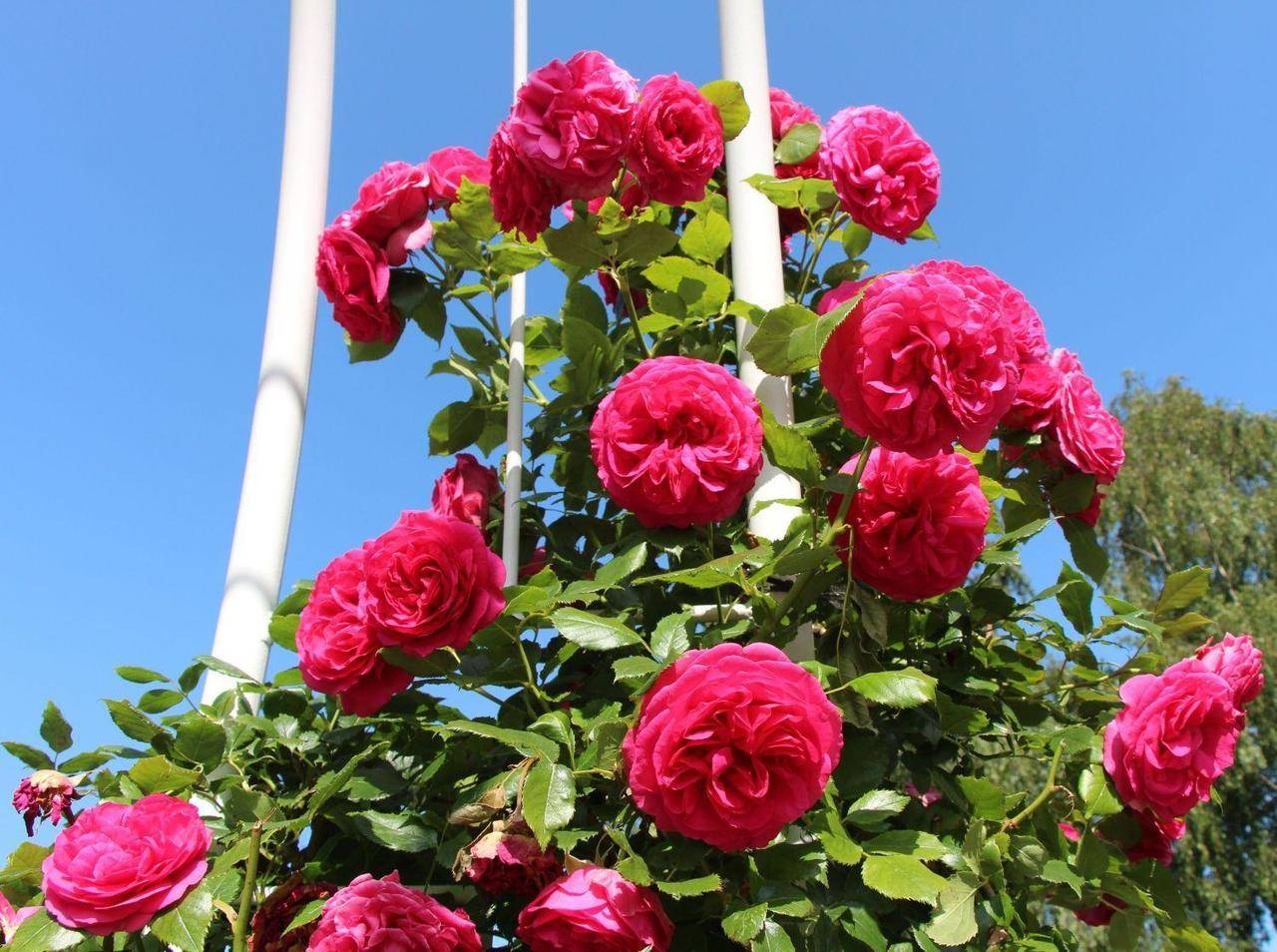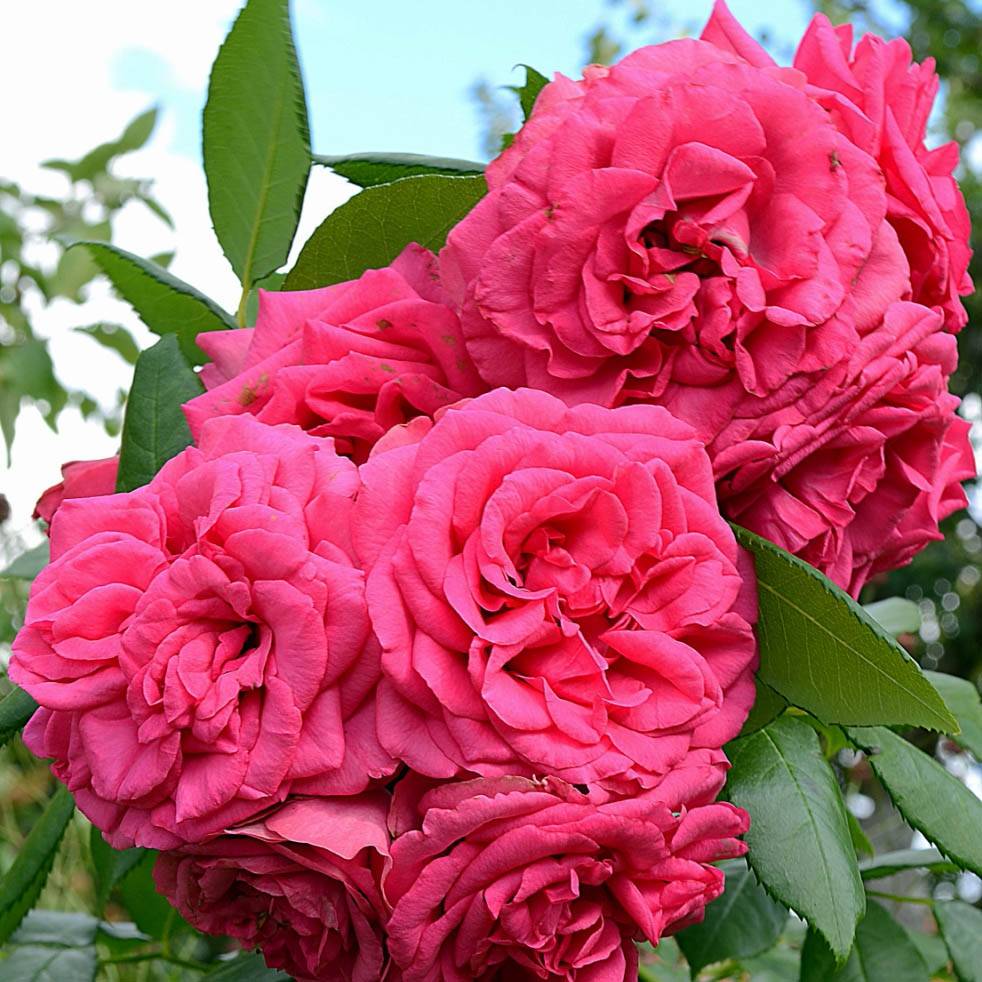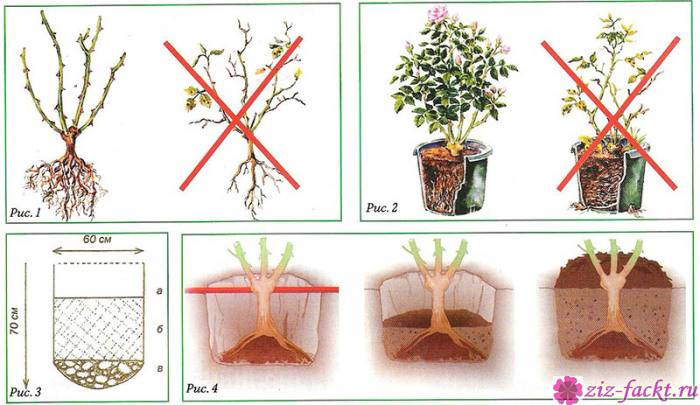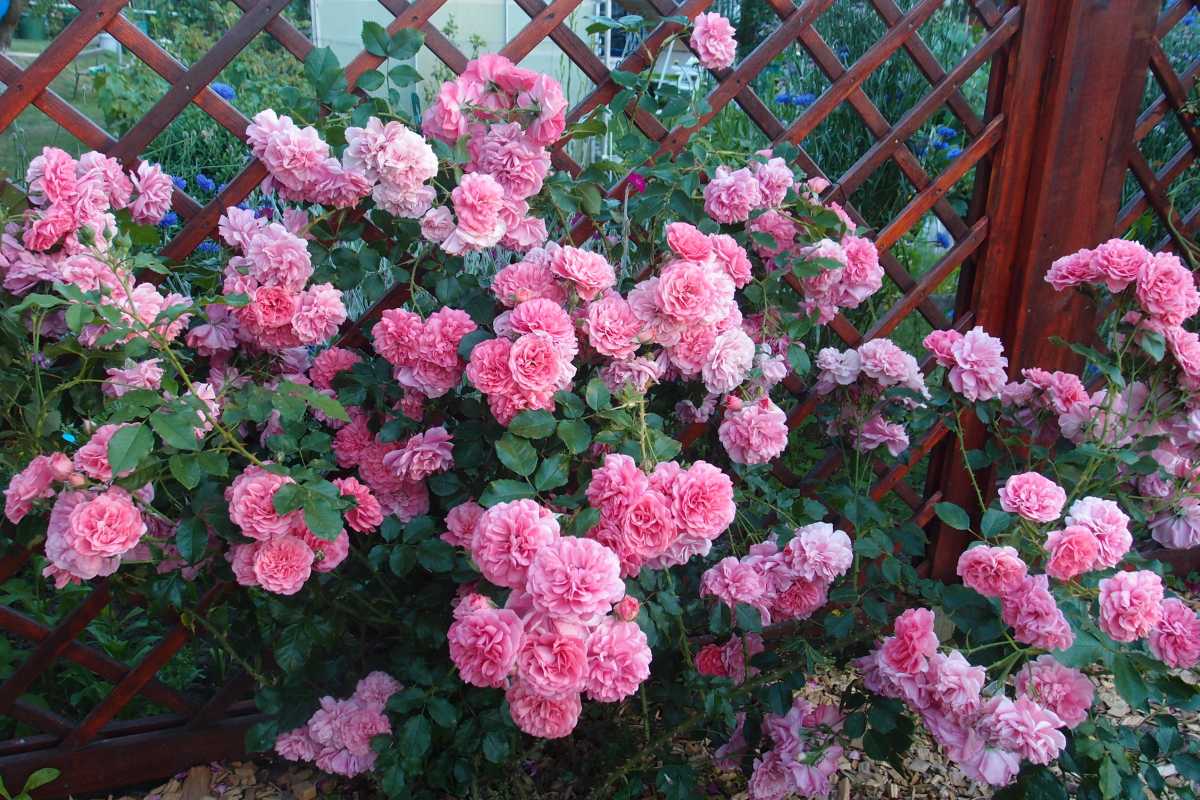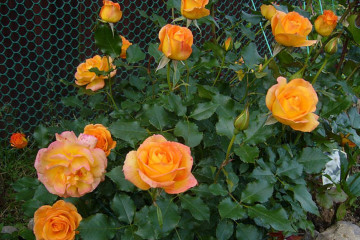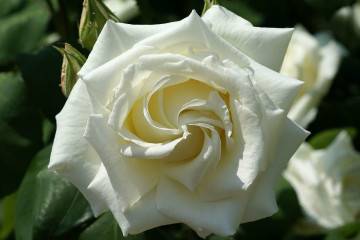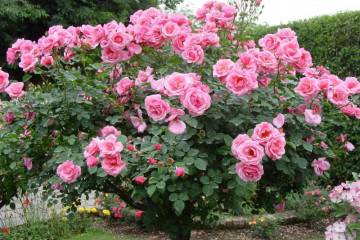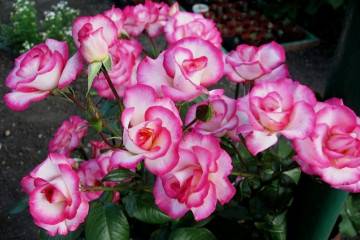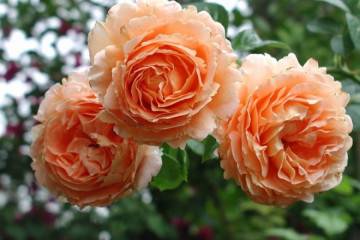Rose Maritim - characteristics and features
Content:
Rose Maritim is a variety that is gradually spreading among flower growers. It was bred relatively recently, and therefore has not yet managed to become a favorite, but these beautiful climbing roses have already managed to find their audience. In addition to excellent decorative qualities, the flower is quite unpretentious.
Rose Maritim (Maritim, TANmitiram, Tanimita) - what is this variety, history of creation
The climbing rose Maritime was bred by German breeders quite recently - in 2007. It was born as a result of the work of the specialists of the Tantau company. Initially, the flower could only be grown in the southern regions of the country, but now residents of Central and Central Russia can also observe this miracle at their summer cottages.
Brief description, characteristic
Botanical description of the variety:
- stems are erect, dense;
- maximum plant height 3 m, width 1.5 m;
- leaves are bright green, often located on the bush;
- flowers are large, up to 12 cm in diameter;
- initially - the shape of a blooming bud, a ball that eventually turns into a flattened rosette;
- the petals are pink, even in a fully opened state, they are tightly closed, the core of the flower is not visible, the lilac shade is not characteristic;
- buds have an amazing ability - they retain their durability and color saturation even in the bright, scorching sun;
- the smell is subtle, barely perceptible, with hints of raspberries;
- flowering is multiple.
Advantages and disadvantages of the variety
| Advantages of the variety | Disadvantages of the variety |
| resistance to temperature extremes and drafts; | weak, almost unexpressed, aroma. But for some it may seem more like a dignity. |
| large buds, densely blooming throughout the plant; | |
| high decorativeness; | |
| multiple flowering in 1 season; | |
| the shrub is convenient for use in landscape design |
Use in landscape design
Landscape designers fell in love with this chic, bright, unpretentious rose, which is completely covered with large flowers during the flowering period. The most commonly used variety for decorating fences, arches, arbors. Thanks to the flexible shape of the Maritim, it can be used almost everywhere, including in tunnels, when creating figures and hedges.
Growing a flower, how to plant it in open ground
Planting and caring for a flower will not cause problems to anyone, especially experienced flower growers, for whom this variety is not the first. But beginners will get used to it quickly and will cope with this beauty if they follow all the rules.
In what form is the landing
Planting is carried out exclusively by seedlings, but they can be self-rooted and grafted. Own-rooted bushes are those that sprout from cuttings of this variety. Their growth is slowed down, lush flowering can be expected only for 3 years of the rose's life.
Grafted seedlings can be recognized by the characteristic hemp at the base, as well as a well-developed, powerful root system. They quickly adapt to a new place of residence, and can bloom in the first year. But if the ground part freezes or dies for another reason, the bushes will immediately run wild.
What time is the boarding
The optimal time for planting a flower in open ground is the end of September or the beginning of October.
Location selection
The landing site should be sunny, ventilated (but without drafts), sheltered from strong gusts of wind, with good nutritious loamy soil and a low level of groundwater.
How to prepare the soil and flower for planting
For planting, use a substrate consisting of equal parts:
- peat;
- ash;
- humus;
- sand;
- horse manure or well-ripened mullein.
Sand is needed to make the soil looser and more breathable.
Planting procedure step by step:
- The root system of the plant is dipped into water for a day with a solution of any root growth stimulator.
- Work is carried out with the roots - all damaged ones are removed, and the longest roots are shortened to medium size.
- The top of the plant is also trimmed. Approximately 5 strongest shoots are left, about 15 cm long.
- The root system is immersed in a vessel with a solution of mullein and water (1:10).
- A hole is dug out of such a size that all the roots fit comfortably in it.
- A layer of expanded clay or other drainage is poured onto the bottom of the hole, and a layer of nutritious soil mixture is on top.
- The seedling is installed in the hole so that the root collar plunges into the ground, but no more than 4 cm.
- All free places are covered with substrate, watered abundantly.
The soil is compacted around. After carrying out this procedure, it is worth mulching the flower with any natural material.
Plant care
Caring for the plant should consist in careful observance of the watering regime, feeding, high-quality pruning and shelter for the winter.
Watering rules and humidity
Rosa Maritim loves water (but no frills), so you need to make sure that the topsoil does not dry out. It is best to water the flower every day immediately after planting. In the spring - as needed, it depends on the amount of precipitation. Water for irrigation should be warm, settled. Root watering is used, it is better that the water for irrigation does not fall on the leaves and buds.
Top dressing and soil quality
For a lush, beautiful flowering, it is imperative to apply fertilizers. Organic fertilizers are best suited for this variety of roses. Particular emphasis should be placed on them at the beginning of the vegetative development of the plant, when laying the buds, as well as during the flowering period.
Pruning and replanting
Only dry and damaged branches are cut, healthy shoots remain in place. Further bud formation and flowering will take place on them. A transplant will only be required if the wrong place for the flower was initially chosen, or the environmental conditions have changed, and the plant is no longer comfortable in its place. It is carried out by the transshipment method.
Features of wintering a flower
This variety definitely requires shelter for the winter. The stems are removed from the support, bent to the ground. Can be secured with special brackets.Next, you need to cover them with spruce branches and special breathable material.
Blooming rose
The bloom of the Maritim rose is bright, lush and makes a lasting impression. This climbing variety is a multi-flowering variety. At the same time, it can bloom not 2, but even 3 times per season. Most often it depends on the region of growth.
A period of activity and rest
First, the most lush and vibrant flowering occurs in spring. The second is towards the end of summer. But since new flowers constantly appear on the plant, this transition is almost imperceptible. But it is worth noting that autumn bloom is no longer as lush as spring bloom. The flowers are smaller and their number is also reduced.
Care during and after flowering
During the flowering period, an amount of water is needed, 3-4 times higher than that required by the plant during the dormant period. It is useful to add mineral or organic fertilizers to the water. The only thing to avoid is nitrogen, as it will inhibit the development of new buds and make the flowering more scarce.
As soon as the first wave of flowering ends, watering and fertilizing are reduced, and wilted inflorescences are necessarily cut off.
What to do if it does not bloom, possible reasons
The main reason for the lack of buds is incorrect pruning. This variety forms buds on last year's shoots. As a result of excessive shortening of the stems in spring or autumn, the bush may not bloom.
Problems in care and non-observance of the basic rules are an equally common cause. Therefore, be sure to pay attention even when choosing a landing site, and then follow all the recommendations.
Flower propagation
The easiest way to reproduce is by cuttings. Saplings take root in most cases, from which you can plant a whole hedge.
Cuttings are cut from the stems during the first wave of flowering.
Detailed description:
- Parts of the stem of the first year of flowering are cut, the length of which will be at least 20 cm.
- All leaves are removed except 2-3 at the top.
- Cuttings are buried almost completely in the ground, up to the first leaf, covered with paper bags and plastic bottles.
- The cuttings need to be watered abundantly, then in the fall you will get a completely rooted, healthy plant, ready for wintering under a snow cover.
Flowering begins the next year after the grafting procedure.
Diseases, pests and ways to control them
The immunity of the variety is initially high. But it is useful to carry out prevention against certain diseases:
- powdery mildew;
- rust;
- black spot;
- bacterial cancer.
The most important thing is not to flood the flowers, clean up and burn all dry garbage in time. This will prevent insect pests from developing larvae in the soil. Do not overuse nitrogenous fertilizers and sprinkler irrigation.
Rosa Maritim is a new, original, not yet fully studied variety that will become a real decoration of the garden. It is very important that the flower does not have any special care requirements. It is enough to treat him with love and perform the necessary procedures on time.
